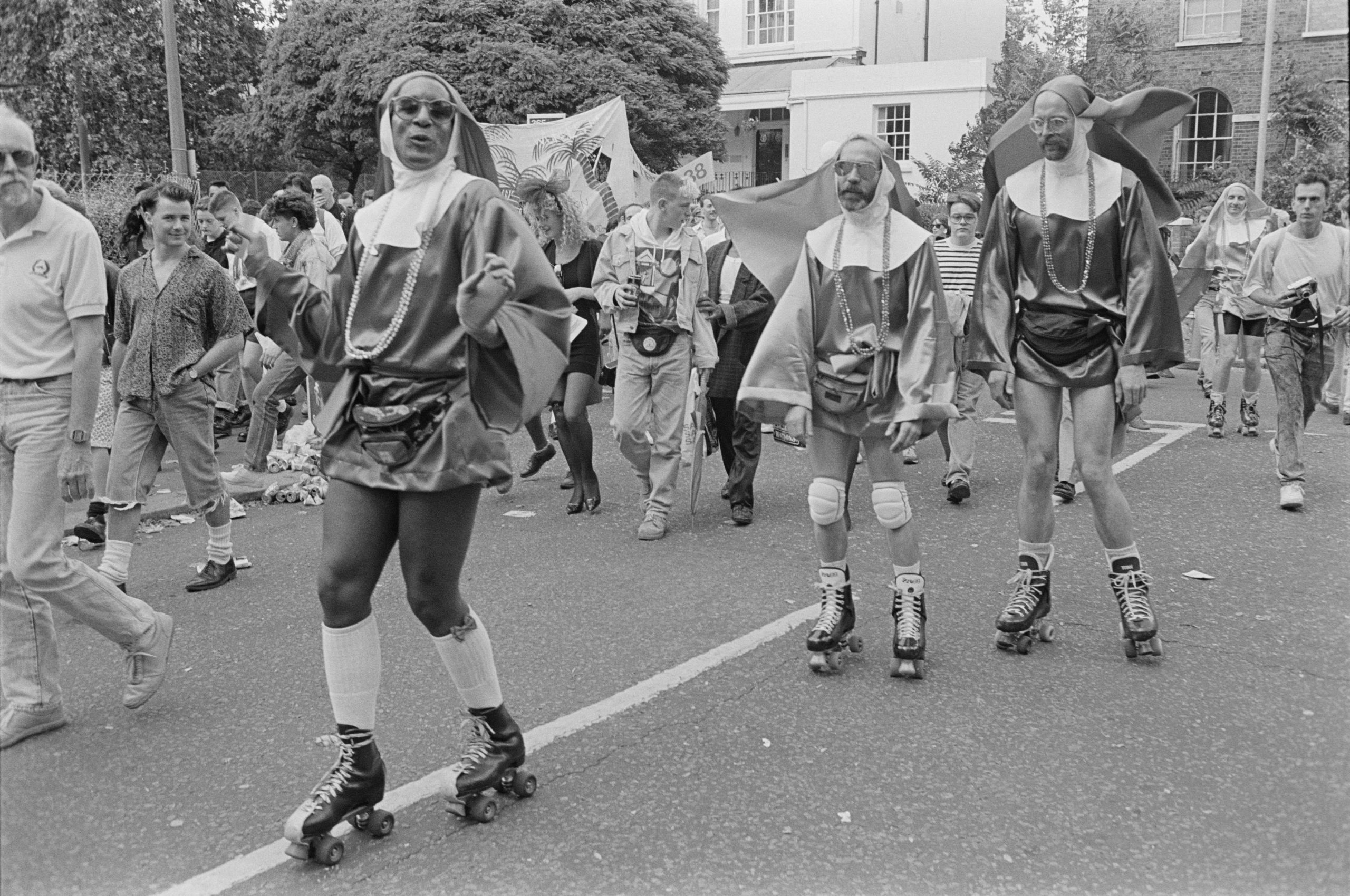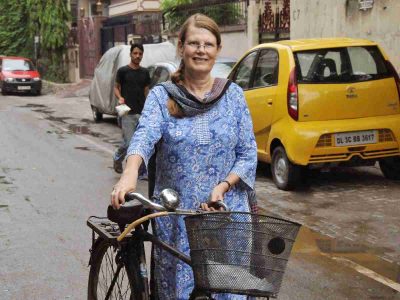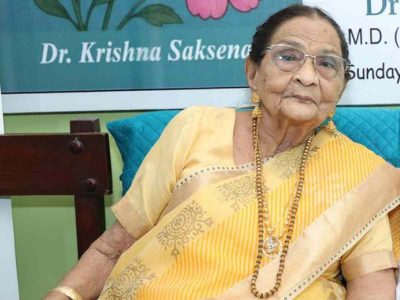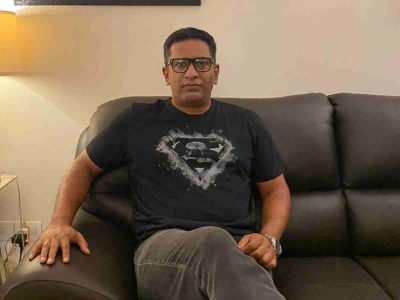Come out is a special project by Sunil Gupta, an Indian-Canadian London-based photographer, who presents a series of black-and white pictures of the growing Pride Movement in the British capital. These photographs have never been exhibited before.
Shot between 1985 and 1995 after Gupta graduated from the Royal College of Art, the images were featured in his most recent publication by the same name published by Stanley Barker. “I was staying on primarily [in London] because I was involved with somebody who had chosen to base himself in London working for JP Morgan – not because the gay scene was particularly welcoming.
In fact, it was the opposite of New York, the place I had left. There was a lot of state oppression, and gay people were largely in hiding and unseen in the public eye. Protests, when they happened, tended to be small and heavily policed,” he recalled.
Gupta had shot the images to document the presence of himself and his friends at various lesbian and gay demonstrations that took place during that time. The demonstrations sometimes focussed on LGBT rights, and at other times, they were part of a larger demonstration, sometimes focussed on nuclear disarmament, and sometimes on strikes that were taking place in opposition to UK government’s forceful privatisation of the public sector.
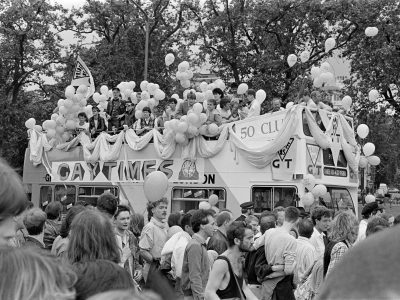
“I especially wanted to give ourselves a sense of a camaraderie, since I was trying to document our experience rather than do photojournalism for the media,” said Gupta.
The exhibition also includes authentic audio testimonies documenting the journey of cultural figures and individuals from the Indian queer community. The voices are adapted from the 2015 work Dissent and Desire, which focusses on the experiences of 17 queer people in Delhi. It was presented previously as a photographic installation at the Kochi-Muziris Biennale in 2018.
The programme also includes a series of film screenings proposed by Gupta and his partner and collaborator, Charan Singh, exploring queer experiences from various aesthetic, regional and philosophical lenses. In the 2000s, Gupta and Singh had both been part of the Delhi based queer activist group, Nigah. “That was that special moment in between the judgements so to speak when 377 was back in play and it was a delicate moment, as several people had come out in the interim.
So, we thought it would be interesting and relevant to a local audience to have the audio coming from local voices talking about similar experiences around the global phenomena of coming out,” he explained.
Gupta has fond memories of growing up in the Capital in the 1950s and 1960s. Born in what used to be called Willingdon Hospital (now RML Hospital), his parents lived in what used to be called Constitution House on Curzon Road (now Kasturba Gandhi Marg) before moving to a flat in Nizamuddin East in the last lane next to the market.
“I spent a lot of time on my roof terrace gazing out at a railway line and a countryside that seemed to stretch all the way to infinity with just a little road running through it, the ring road. I took Humayun’s Tomb for granted as m y playground,” he recalled. What he remembers most is that Delhi was a very safe space in those days, where houses could remain
unlocked.
“We were also very free; parents were busy working and socialising and we were really left to get on with our own hobbies and homework,” he said.
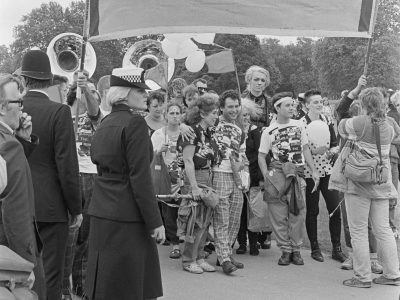
Further, Gupta’s family was very secular. His mother was Christian and his father a Hindu. They celebrated everybody’s holidays and ritual festivals regardless of religion. His best friends in school were Sikh and Tamil.
“It was a liberal and multicultural household, interrupted only by visits from my cousins from UP, who were steeped in old feudal traditions,” he said. Further, Gupta recalled being privileged, but not rich.
“I used public transport to get to my school, St. Columba’s, sometimes by bus and train, sometimes by bicycle. There were hardly any cars, only one neighbour had one. To this day, Ifeel a very strong emotional bond with the place and the people who live there. Despite the many cosmetic changes, I like to feel that its inhabitants are still the warm and tolerant people that I remember,” he added.
In the 1980s, Gupta constructed documentary images of gay men in architectural spaces in Delhi, his Exiles series. By then, he had evolved into a very out and politicised gay man and wanted to be a committed photographer, focussing on matters of social justice.
The gay issue was one such, and he began looking into it in the West when he lived in New York and London.
As a migrant into Canada, however, he did not have the means to visit Delhi until 1980, when he got a student grant to go and work there.
While his main work was looking at structural poverty in rural Rajasthan, he was flying in and out of Delhi and was naturally curious about the local gay scene. But he found that nobody wanted to be in the pictures, as it was not possible to be out back then – and certainly not in the documentary manner. After some desultory attempts, he gave up.
I n 1 9 8 6 , he received a commission from T h e Photographers Gallery to make a body of work for an exhibition on body politics, and he used the opportunity to make Exiles.
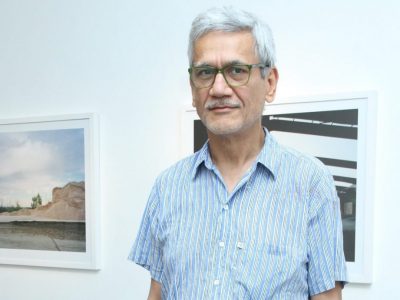
“I had figured out a new way of using mis-en-scene to create scenarios that would resemble the documentary, and allow me to depict gay men, which was my goal. This had become very important to me since there were no images of gay Indian men in art history anywhere in the world that I had come across, certainly not in my art education in London and I wasn’t finding them in India either.
I’m excited that nearly 40 years later, Exiles is hanging in MOMA, New York,” he beamed. Having grown up on a diet of cinema, mostly Bollywood and some western imports, Gupta’s earliest affinity was for big Bollywood blockbusters with a lot of colour and melodrama, where everything ends in tears and reconciliation.
His mother had been an avid Hollywood fan of its golden era, and his childhood bed-time stories were often narratives of the films that she had known and seen. “I think she had seen Gone with the Wind at least 20 times. And she imparted this love of the silver screen to me,” he smiled.
Gupta was also very drawn to 1950s style Life magazine photojournalists such as W Eugene Smith, and before that the modernists like Paul Strand and Lisette Model. “I was taught by Lisette at the New School, New York and I suppose I’ve had that New York modernism fed into at a very early stage. She said, ‘Darling, give up the MBA and take up photography.’ And I did!” he said.
Currently, Gupta is working on a new book project that will hopefully come out in September. A love story, this too is from the archives but is away from the photo book format. It will be made up of correspondence between him and his lover, which took place from the late 1980s to the early 1990s.
During the time, Gupta was in London paying mortgage and d o i n g freelance editorial photography work, while his lover was doing his PhD at Columbia University in New York. “It was before the internet, and we were writing letters and aerogrammes to each other, those quaint blue things that you’d look forward to in the mail,” said Gupta.
In this exchange, a project was born called “Pretended” Family Relationships. The title comes from the first work in the series, and is the first line of one of the poems, “I call you my love.”
The poems were sent to Gupta by his lover in these letters, so the book will also include a full set of reproductions of that series of pictures. Gupta has also revived another earlier series, Lovers: Ten Years On. “ One of the couples photographed had changed her partner some years ago and the new partner demanded a new version.
So, now there is a new series developing with an international flavour, with couples from Delhi, New York, London, Paris, Milan and elsewhere. A version will launch at The Art House, Wakefield, Yorkshire UK in June,” he concluded. ‘Come Out’ is on display at The Viewing Room, D-53 Defence Colony, until 1st March.

